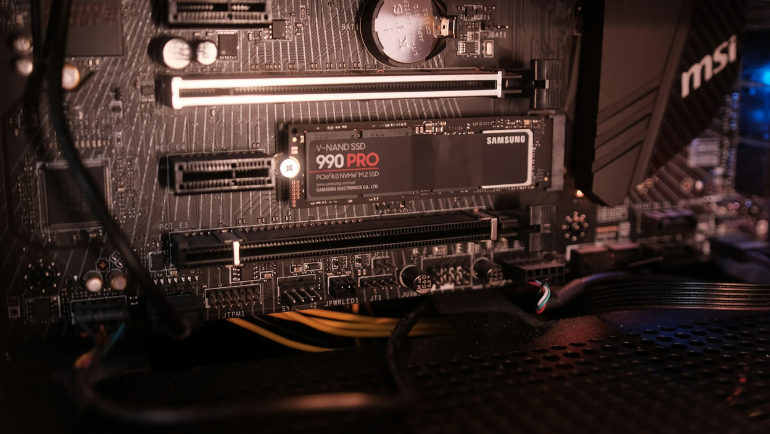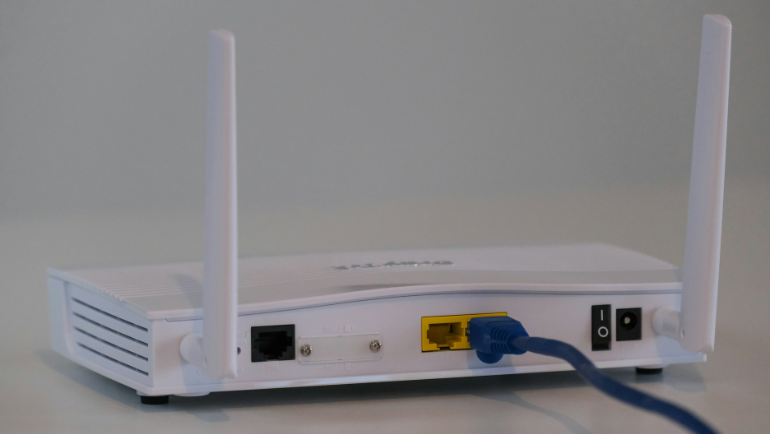
Storage devices are transforming how businesses work by implementing new technology for smoother operations. Solid State Drives (SSDs) are the latest storage devices, and opting for SSDs can be a heavy investment for businesses. Therefore, there are some facts about SSDs that every business owner should know before investing in a storage solution.
Things You Should Consider When Buying An SSD
SSDs facts and benefit every enterprise and these are a few things to know before buying an SSD.
Speed
Speed is the highlighting feature of an SSD that distinguishes it from other storage devices. SSDs consist of fast NAND flash memory chips that allow enterprises to run resource-intensive tasks and access data seamlessly. Furthermore, ssds offer SATA, SAS, and NVMe connection interfaces with different read and write speeds.
- SATA
- SAS
- NVMe
| Interface | Data Transfer Protocol | I/O Operations per Second (IOPS) | Read Speed | Write Speed |
| SATA I | AHCI | Up to 100,000 | Up to 150 MB/s | Up to 150 MB/s |
| SATA II | AHCI | Up to 100,000 | Up to 300 MB/s | Up to 300 MB/s |
| SATA III | AHCI | Up to 100,000 | Up to 550 MB/s | Up to 520 MB/s |
| SAS I | SCSI | Up to 400,000 | Up to 300 MB/s | Up to 300 MB/s |
| SAS II | SCSI | Up to 400,000 | Up to 600 MB/s | Up to 600 MB/s |
| SAS III | SCSI | Up to 400,000 | Up to 1,200 MB/s | Up to 1,200 MB/s |
| NVMe PCI 3.0 | PCIe | Over 1,000,000 | Up to 3,500 MB/s | Up to 3,000 MB/s |
| NVMe PCI 4.0 | PCIe | Over 1,000,000 | Up to 7,000 MB/s | Up to 6,500 MB/s |
| NVMe PCI 5.0 | PCIe | Over 1,000,000 | Up to 14,000 MB/s | Up to 10,000 MB/s |
Form Factors and Size
SSDs come with memory cells such as MLC, SLC, QLC and TLC that give them a smaller size and different form factors. Before buying your SSD, make sure your motherboard has the supported slot and supports hot swapping for the SSD type you are opting. SSD manufacturers offer 2.5-inch standard sizes, M.2, mSata, and U.2 for various devices.
| SSD Type | Installation | Reliability | Application |
| 2.5 inch | SATA cable | Suitable for consumer usage | Primary or secondary storage |
| mSATA SSD | mSATA socket (on the motherboard) | High reliability, Best for PCs and Server | storage for Utrathin devices |
| M.2 SSD | M.2 socket (on the motherboard) | High reliability, designed for enterprises | Tablets and ultrabooks |
| U.2 SSD | PCIe socket (on the motherboards) | High reliability, designed for enterprises | Resource-intensive operations |
Life Span of SSDs
The lifespan of an SSD depends on usage and the number of read and write cycles. An SSD from a high-quality brand can last up to five years. However, technology has advanced significantly, and algorithms like wear leveling have been introduced to extend the life of an SSD. Wear leveling in SSDs distributes write operations equally across all cells to reduce cell death and increase drive longevity.
On the other hand, SSDs are mixed used, read-intensive and write-intensive drives. They all have finite write cycles and cannot be written as often as HDDs.
Data Recovery
Data backup is important, for every enterprise that faces a backlog in case of a data loss. Data recovery is difficult in SSDs as it saves data on flash memory and uses a function called TRIM. It informs the operating system that certain data blocks can be erased as they’re no longer in use. However, this function improves the performance and longevity of the SSD. On the contrary, if data recovery is the primary concern, opting for an HDD instead of an SSD from high-quality brands is a better option.
Capacity
Enterprises should opt for a higher capacity SSD as it can help with the business’s scalability. SSD storage capacity starts at 128 GB and goes up to 2 TB and beyond. The starter variant of 128 GB is suitable for everyday use and basic tasks. Most firms have tons of data, and if there is a storage shortage, they can experience downtime. To avoid this, get a bigger capacity storage that fulfils your business’s needs.
Pricing
SSDs are generally more expensive than other storage devices but offer a performance boost. Even if you grab a 128GB SSD to use as a boot drive for your operating system, you’ll still notice the difference!
| Capacity | Pricing |
| 128 GB SSD | $18 |
| 256 GB SSD | $24 |
| 2 TB SSD | $125 |
*Prices may vary
Computing Worlds offers products from top IT brands, and some popular products for sale are listed below.
You can also request a bulk quote online for the required solid state drives.
Frequently Asked Questions
How many types of SSDs are there?
The four main varieties of SSDs are 2.5″, M. 2 (SATA & NVMe), NVMe PCIe SSD, and U. 2.
Is SSD fast or RAM?
Although SSDs outperform HDDs in speed, RAM still outperforms them.
Why is SSD so expensive?
SSDs are more expensive than HDDs mainly because flash memory is more costly to produce than magnetic disks.
Overall, SSDs are the real leap in storage devices, with better speed and unique features. Enterprises are buying SSDs to ensure increased productivity and eliminate downtime in the workflow.
In addition, if you want to learn more about other SSDs, check out these comparisons:
Apart from SSDs, businesses can buy hybrid hard drives and hard drives to keep their workflow running optimally. Choosing the best SSD can be difficult. These are all the facts about SSDs, and understanding these key aspects helps you make informed decisions about upgrading your storage solutions.
Stay tuned to the Computing Worlds blog for more tech information.






